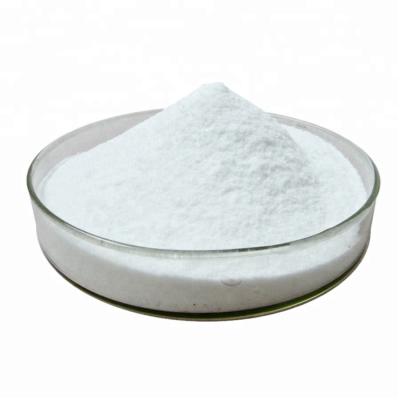Amitraz Poisoning
Amitraz is a triazapentadiene compound, a member of the amidine chemical family . It is a member of formammidine pesticides and is used worldwide . Amitraz is used as an insecticide/acaricide for controling the ectoparasites in animals . Commercial formulations of amitraz generally contain 12.5-20% of the drug in organic solvents, especially Xylene, which is also used as a solvent in paints, cleaners, and glues.

Adverse reaction and side effects have been reported in animals exposed to the product, but only a limited number of human intoxication cases have been published in the literature. Amitraz is an α2adrenergic agonist . It stimulates α2 adrenergic receptor sites in the central nervous system (CNS) and α1 adrenergic and α2 adrenergic receptor sites in the periphery . It also inhibits monoamine oxidase (MAO) enzyme activity and prostaglandin E2 synthesis .
Amitraz poisoning may occur through the oral or dermal routes and potentially through inhaling . Poisoning is accompanied with numerous symptoms varying from central nervous system depression (drowsiness, coma, and convulsion), to miosis, or, rarely, mydriasis, respiratory depression, bradycardia, hypotension, hypertension, hypothermia or fever, hyperglycaemia, polyuria, vomiting, decreased gastrointestinal motility, and intestinal distension .



